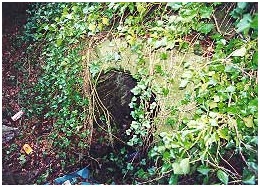
Primitive man understood the vital importance of water. He learned early on that water gave life to himself, to his animals and, later on, to his crops. He saw clearly that where there was a lack of water there was no growth or prosperity. Water had life in its rivers, lakes and seas. Fish gave him a variety in his diet and he enjoyed the thrill of catching them. Sometimes he would join them himself and cavort in and out of the water with his fellow tribesmen. At day’s end he would sit on the river bank watching the flowing water, mesmerised by the restful and gentle sound it made. One day he sat up on a floating log and the possibilities of boating dawned on him. He knew that water was good.
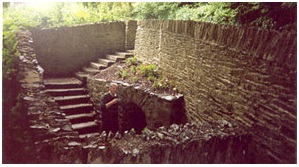
When St. Patrick came to Ireland he baptised multitudes of people using water. The water gave them a new life, that of Christianity. Whatever pagan rites or beliefs there had been were assumed into the new dispensation. During Mass water was drunk by the celebrant. This water was taken from its purest source, and so, wells took on a new and spiritual dimension. In the Island of Saints and Scholars these wells proliferated and were often sited near old churches and monasteries. The maps drawn by the Ordnance Survey teams in the 1830’s are dotted with Holy Wells all over the country which are called after St. Patrick, St. Brigid or other local saints.
Such a well, named after our national apostle, exists in our own town of Blessington. Until a few years ago it was all but forgotten about except for a few of the local inhabitants. It was filled in with silt and debris. It was overgrown with weeds and briars. Its boundary wall next the road was at an angle as acute as the Leaning Tower of Pisa. Some of the steps down to it and part of an inner wall had collapsed. Surely it was beyond redemption! But not so! One man, Aidan Cruise, a Blessington man, now living in Manor Kilbride, took up the challenge of restoration. With the help of some friends he set about cutting away the overgrowth, cleaned out the mud and rubbish until the arch and finally the well itself became visible again after being so many years in the dark. He was half way there. But there still was that wall! Never one to be impeded by shyness, Aidan approached the E.S.B. He convinced them that it would gain them much positive publicity if they would remedy the slanting wall and perhaps erect a commemorative plaque on it. They agreed and by wonderful engineering skill, without actually knocking it, managed to secure it in an upright position.
As you can see from the photographs the finished article is most attractive and a fitting tribute to our religious past and our forbears who had such devotion to St. Patrick.
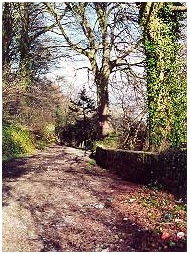
Associated with Holy Wells were all kinds of cures. If you drank the water at Blessington you would be cured of toothache and sickness of stomach. If and when the well became disused the power to heal went also. Aidan Cruise remembers a ritual that took place in his home in Main Street, Blessington as he was growing up. On Easter Saturday his mother would send him to the Holy Well for water with which she baked a special bread to be eaten on Easter Sunday by all the family. Other Holy Wells in the area are at Burgage, which was known locally as St. Baoithin’s well, later on as St. Mark’s well; Holyvalley well; and Scurlock’s well. This last well is situated at the bottom of the Red Lane beside the old graveyard. In olden days a pattern was held here every year on St. John’s Eve, to which people came from miles around to partake of the water. They would walk around the well reciting certain prayers, partaking of the water after each round. The sick and invalided came in great numbers as many cures, especially for various stomach disorders, were attributed to its waters. Into the 20th Century it was a common sight to see pieces of cloth, medals, rosary beads etc. hanging from the bush growing above the well. Other cures were of aches and pains and former cripples would delight in leaving their sticks behind them as proof of their regeneration, in thanksgiving, and as an encouragement to others. Ailments of the head could be cured at St. Boden’s Holy Well. In order to be cured it was necessary to visit the well three times leaving a piece of cloth on a bush on each visit. Near to Kylebeg Church was a holy well reputed to cure cancer. Unfortunately, it dried up after a lamb died in it and the water never returned. It is now, like St. Boden’s Well, under Poulaphouca Reservoir.
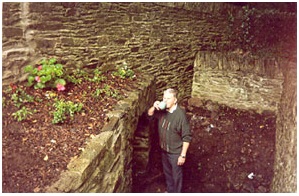
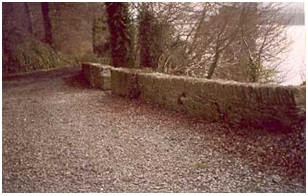
Any comments or questions would be welcome: To contact Jim Corley please click here
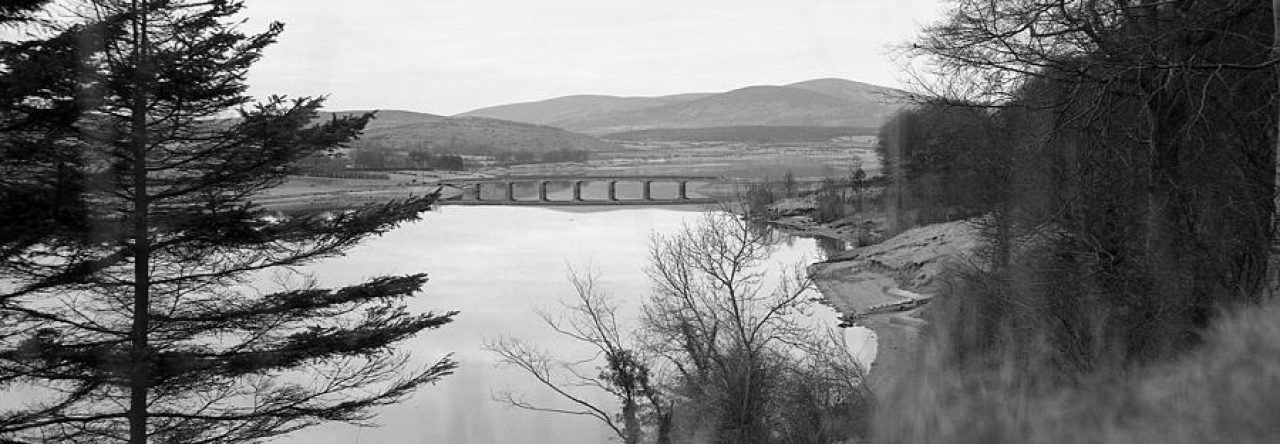

Leave a Reply